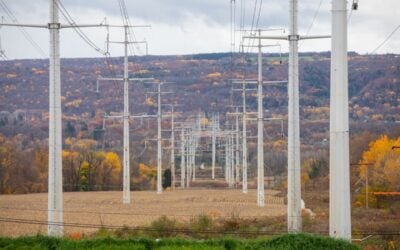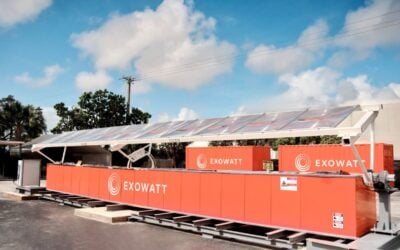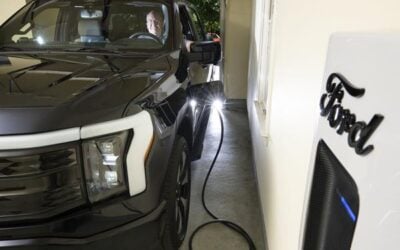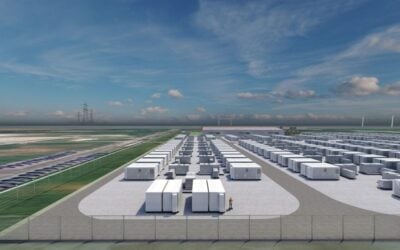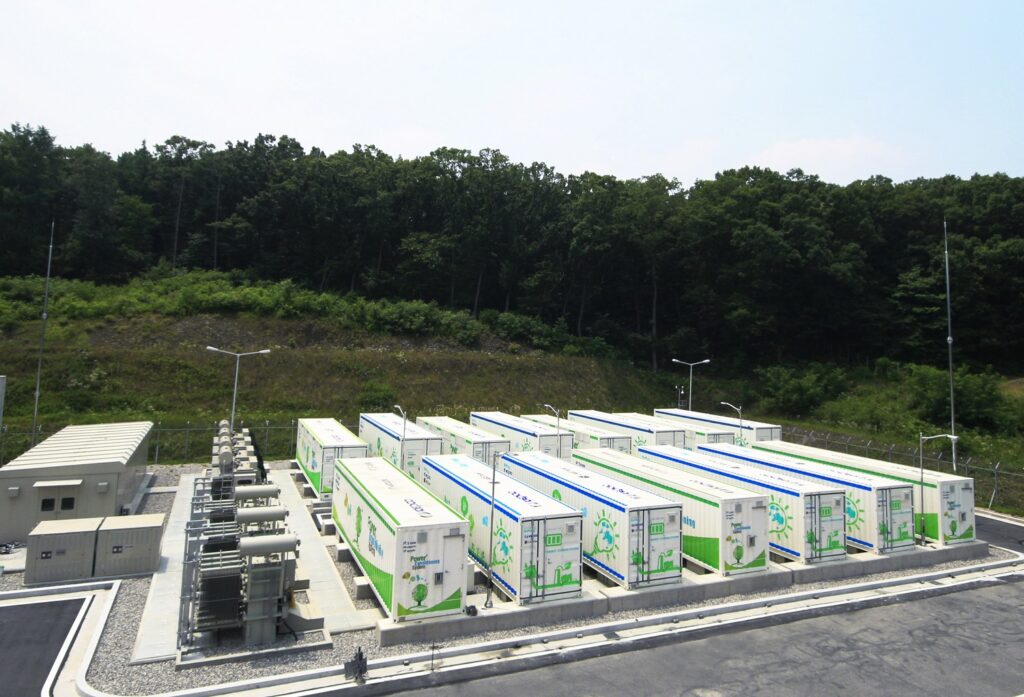
Asia-Pacific will overtake North America as the biggest utility-scale energy storage (UES) market by annual installed gigawatts (GW) by 2024-2025, according to a new report by Guidehouse Insights, one to two years later than in the firm’s previous forecasts.
The research firm has revised up its forecasts for global annual installed UES by 2029 from forecasts made 18 months ago, from around 25GW to around 27.5GW with a nudge over 30GW in 2030. It anticipates an average CAGR from 2021-2030 of 25%.
It has also pushed back the timeframe in which Asia-Pacific will overtake North America for annual installations from 2023 previously to 2024-2025. And by 2030, the region’s cumulative 71.4GW installed will make it the largest UES market overall, ahead of North America, the firm says.
“The UES market continues to develop at differing rates in regions and countries around the world,” says Pritil Gunjan, principal research analyst with Guidehouse Insights.
Try Premium for just $1
- Full premium access for the first month at only $1
- Converts to an annual rate after 30 days unless cancelled
- Cancel anytime during the trial period
Premium Benefits
- Expert industry analysis and interviews
- Digital access to PV Tech Power journal
- Exclusive event discounts
Or get the full Premium subscription right away
Or continue reading this article for free
“The clear market leaders are pioneering new applications, business models, and technologies to drive the market forward.”
BloombergNEF also reckons Asia-Pacific will be the largest market by GW of storage by 2030 but notes the Americas will have higher gigawatt-hours (GWh) due to longer durations of storage, as covered by Energy-Storage.news.
It forecasts cumulative installations of energy storage reaching 345GW/1,028GWh by 2030, although clearly has a broader definition than Guidehouse’s.
Wood Mackenzie Power & Renewables’s 2030 forecast is similar with ‘close to 1TWh’ expected worldwide. It primarily publishes GWh in its research, leading it to conclude that Asia-Pacific is actually larger in energy storage today and will itself be leapfrogged by the Americas in the mid-2020s.
On annual energy storage installations in 2030, research houses using gigawatts (GW) are in close agreement.
IHS Markit and Guidehouse both expect it to ‘exceed’ 30GW while BloombergNEF gives a precise and fairly bullish figure of 34.2GW.
Recent spikes in lithium-ion materials have been a cause for concern in the industry. But Guidehouse forecasts that the average price of lithium-ion cells is expected to decrease over the next 10 years by a further 41%. This is some way off the 80-90% fall seen over the 2010s. The technology accounted for 86% of new UES installations in 2021.
Energy-Storage.news’ publisher Solar Media will host the 1st Energy Storage Summit Asia, 11-12 July 2023 in Singapore. The event will help give clarity on this nascent, yet quickly growing market, bringing together a community of credible independent generators, policymakers, banks, funds, off-takers and technology providers. For more information, go to the website.

